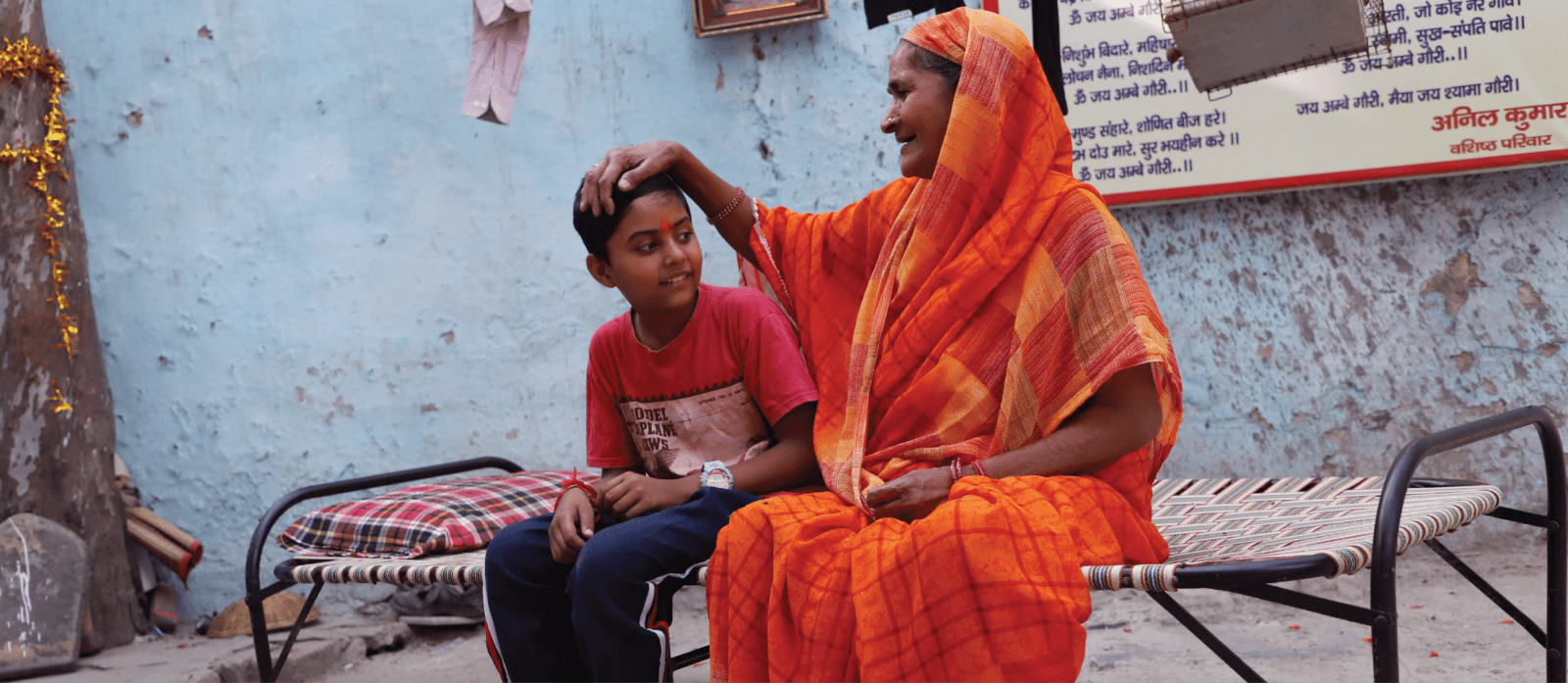Diving straight into the deep end, the statistics on the impact of climate change on children reflect the magnitude of the concern at hand. Climate-related poverty, displacement and increased likelihood of conflict pose as immediate threats of the domino effect called climate change.
As per UNICEF and a recent study,
- By 2040, it is estimated that one in four children will be living in areas with extreme water shortages.
- By 2050, a further 24 million children are projected to be undernourished as a result of the climate crisis.
- The education of around 38 million children is disrupted each year by the climate crisis.
With these worrisome, brutal statistics looming large over children’s and next generation’s future, one is forced to not only educate oneself about the impact fallout of this snowballing situation, but also to learn what one can do to stop this monster in its tracks.
Here are five actionable ways in which you can arm yourself against the greatest threat of our times—climate change—and protect children in a small, yet meaningful way.
1. Prep for the Task at Hand
Climate change is a vast, ever-evolving subject. The basics are in place, sure; however, there’s a deeper meaning associated with every callous action, and knowing it is the first step of the path. Today, discourse around climate change and its widespread effects is easily available and accessible for adults and children alike. Varying multimedia sources covering varying subjects are now available at one’s fingertips. Consider “Climate Brides” a podcast and one-stop platform to learn about the devastating role of climate change and early marriages in South Asia.
For young children, a plethora of green literature comes to the rescue to children. Other reliable and easily accessible sources include NASA’s Climate Kids—a child-friendly guide, and Qiyun Woo’s quirky Instagram page, which is phenomenally packed with engaging science communication. These sources are treasure troves of pertinent, contemporary knowledge, which is sure to come handy in everyday dialogue and mapping the future course of action.
2. Join Hands at the Community Level
Active in nine Indian states, Warrior Moms is an exemplary collective of mothers who are at the forefront of protecting their children’s right to clean, toxin-free air. Community collectives such as Warrior Moms are the need of the hour. Collective, resonating voices directed towards a common goal, amplifies the voice and spreads the urgency that the issue merits.
Pollutant-riddled toxic air is choking us all, untimely rains, deathly deluge and sweltering heat affects us all. Joining the bandwagon of vociferous climate activists among us is the first step actionable step in urging the authorities to bring about change. Whether it’s stopping the felling of trees in the neighborhood or advocating for garbage segregation, community voice and action can leave a deep impact and contribute to the larger goal.
3. Empower Action
Despite making zero contribution to the cause, children are forced to bear the effect of climate change. In addition to adding to our own repository of knowledge sources and taking steps as a community, the next best thing we can do is empower children and youth as agents of change. Right from including them in decision making and aiding the next generation with the Loss and Damage Fund, children need to be at the center of all climate change response plans. An actionable step here would be introducing children to the many other youth activists who are doing their bit to save the environment. Introducing them to inspiring role models of their age, and if interested, urging them to join their likes can be a good way of letting them decide the role they wish to play in this long haul.
4. Focus on Everyday Solutions
All the talk and dialogue around climate change will need to be backed by meaningful action. What may seem as minute changes in your everyday life can prove monumental in due course of time. Water saving plans at home and community level, garbage segregation at the home level, power saving alternatives, the habit of mindful recycling, and switching to ecological alternatives of everyday items such as water bottles, carry bags, modes of commute and more are all small steps building the larger picture of a protected, habitable world for the next generation.
5. Push for Protective, Resilient Infrastructure
Today, the Indian capital’s grapple with scorching heat at 50°C is standing out as a forecast of what the future holds for us. Abrupt school closures and adverse effects on children’s health due to heat and pollution are all present-day scenarios urging actions by authorities.
Comprehensive measure to mitigate the impact of climate-based health hazards are the need of the hour. These include implementing advanced heatwave prediction and alert systems; building and upgrading extreme weather—resilient infrastructure; and advocating for proactive commitments to reduce greenhouse gas emissions at the ward, district and city level.





